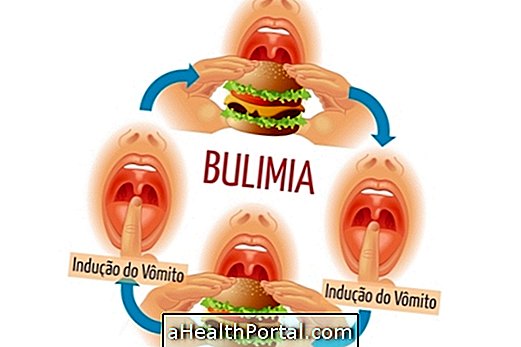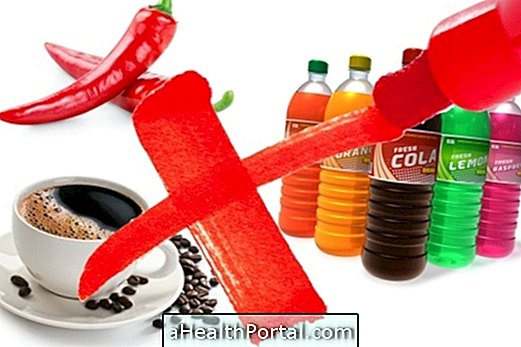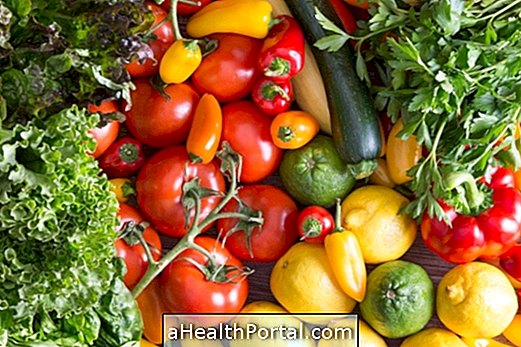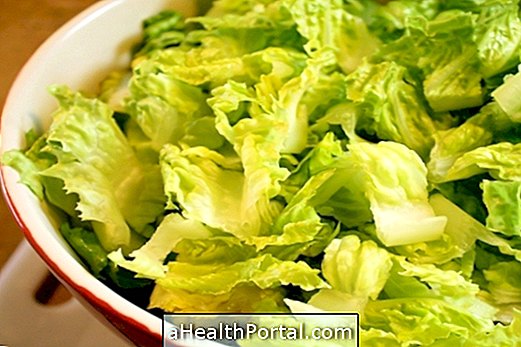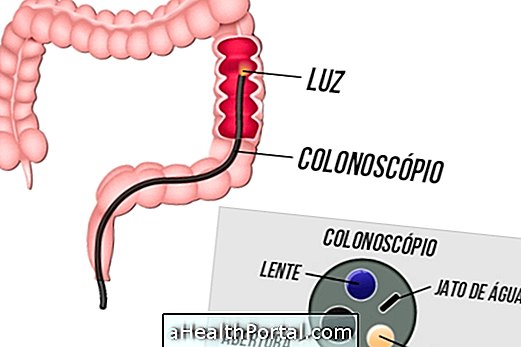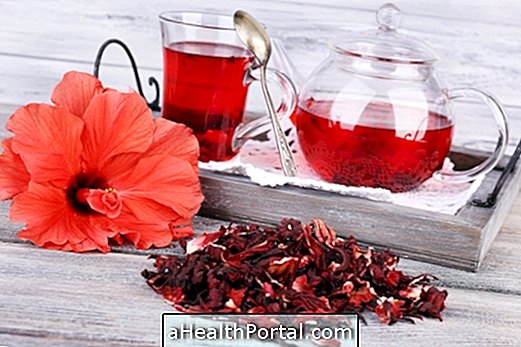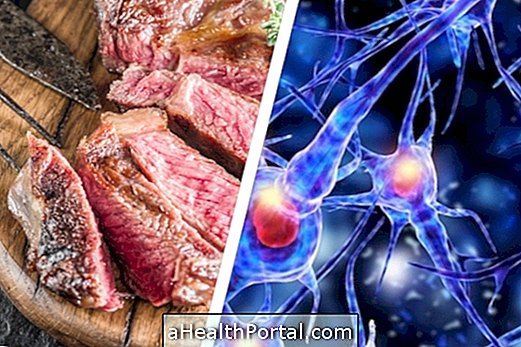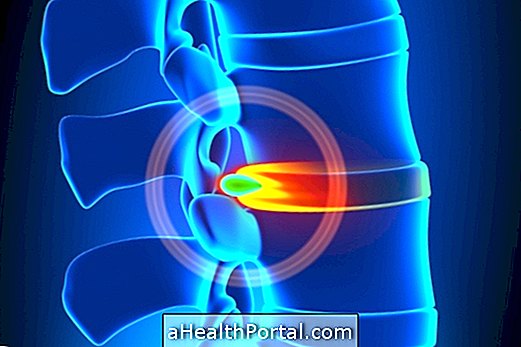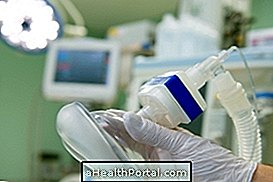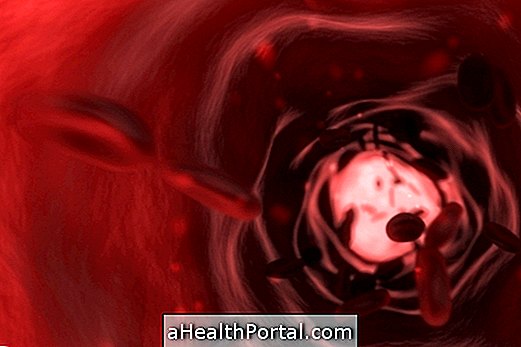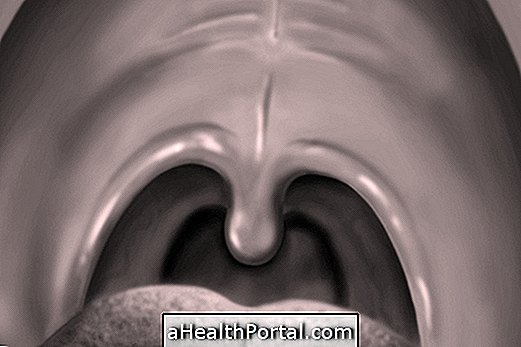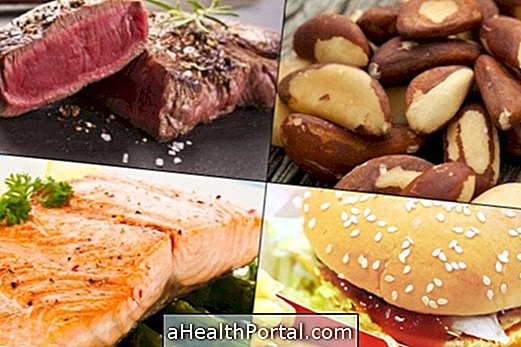Frequent consumption of high trans fat foods such as bakery and confectionery such as cakes, pastries, biscuits, ice creams, packet snacks and many industrialized foods like burger for example can raise bad cholesterol.
This hydrogenated fat is added in processed foods because it is an inexpensive way to increase its shelf life.
Table of foods rich in trans fat
The following table shows the amount of trans fat from some foods.
| Foods | Amount of trans fat in 100 g of food | Calories (kcal) |
| Pastry dough | 2.4 g | 320 |
| Chocolate Cake | 1 g | 368 |
| Oatmeal crakers | 0.8 g | 427 |
| Cream ice cream | 0.4 g | 208 |
| Margarine | 0.4 g | 766 |
| Chocolate cookies | 0.3 g | 518 |
| Milk chocolate | 0.2 g | 330 |
| Microwave popcorn | 7.6 g | 380 |
| Frozen pizza | 1.23 g | 408 |
Natural, organic, or poorly processed foods, such as cereals, Pará nuts, and peanuts, contain good fats for health and can be eaten more regularly.
Permissible amount of trans fat in feed
The amount of trans fat that can be consumed is at most 2 g per day, considering a 2000 kcal diet, but ideally it should be consumed as little as possible. To know the amount of this fat present in an industrialized food, one should look at the label.
Even if the label says zero trans fat or trans fat free, you may be ingesting that type of fat. You should also search the list of ingredients on the label, such as: partially hydrogenated vegetable fat or hydrogenated fat, and you may suspect that the food has trans fat when there is: vegetable fat or margarine.
However, when a product contains less than 0.2 g of trans fat per serving, the manufacturer may write on the label 0 g of trans fat. Thus, a portion of stuffed biscuit, which is usually 3 biscuits, if it is less than 0.2 g, the label may indicate that the whole biscuit package does not contain trans fat.
How to read the food label
Watch in this video what you should check on the label of industrialized foods for health:

Why trans fat is harmful to health
Trans fat is detrimental to health because it causes harm such as increasing bad cholesterol (LDL) and decreasing good cholesterol (HDL), which increases the risk of cardiovascular disease and stroke. In addition, this type of fat is also related to an increased risk of infertility, Alzheimer's disease, diabetes and some cancers. If this is your case, see how to lower bad cholesterol.
Understand the difference between trans fat and saturated fat
Saturated fat is also a type of fat harmful to health, but unlike trans fat, it is easily found in products such as fatty meat, bacon, sausages, sausages and milk and dairy products. Consumption of saturated fats should also be avoided, but the intake limit of these fats is greater than the limit given for trans fat, with about 22 g / day for a 2000 kcal diet. Learn more about saturated fat.
